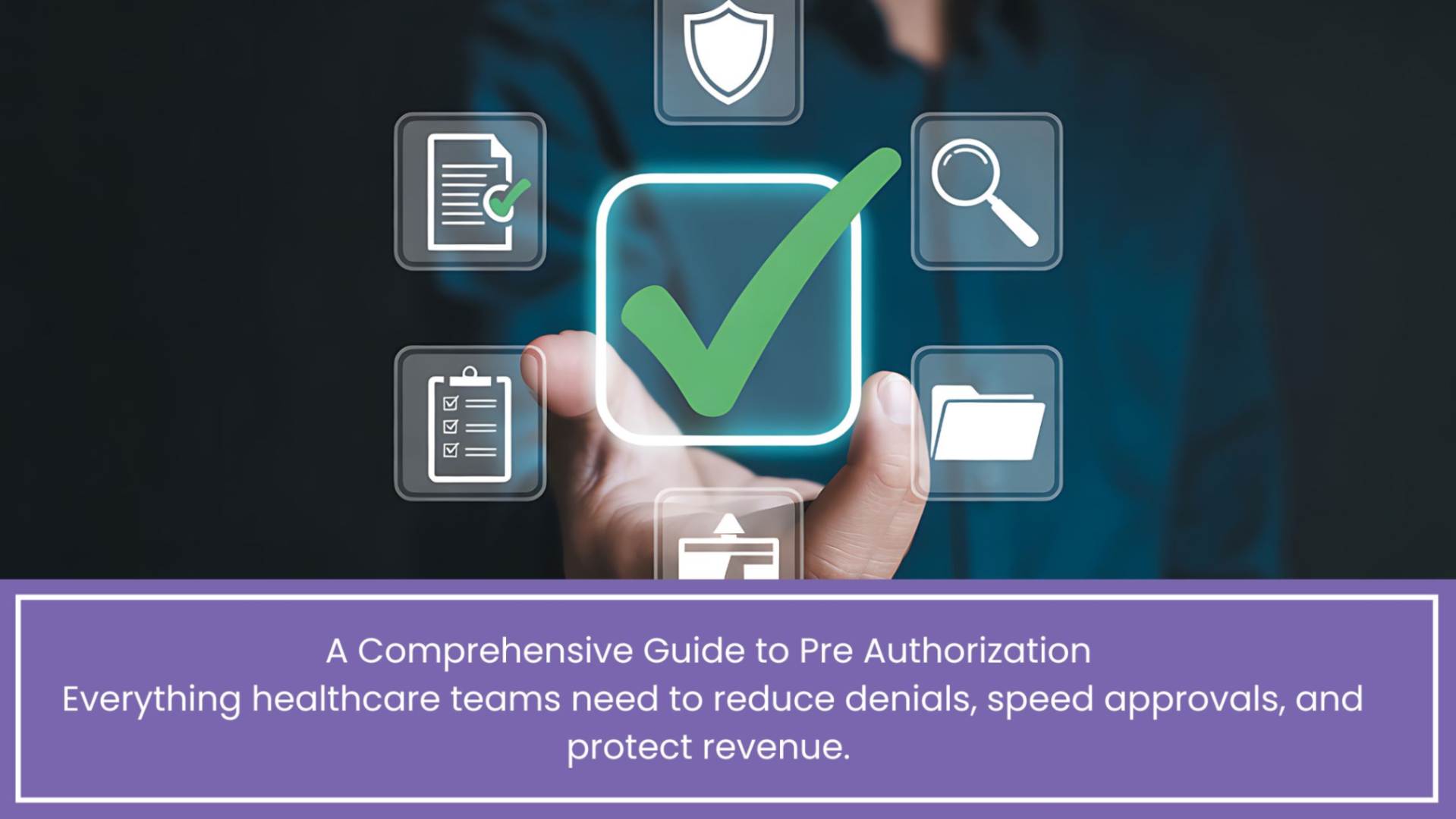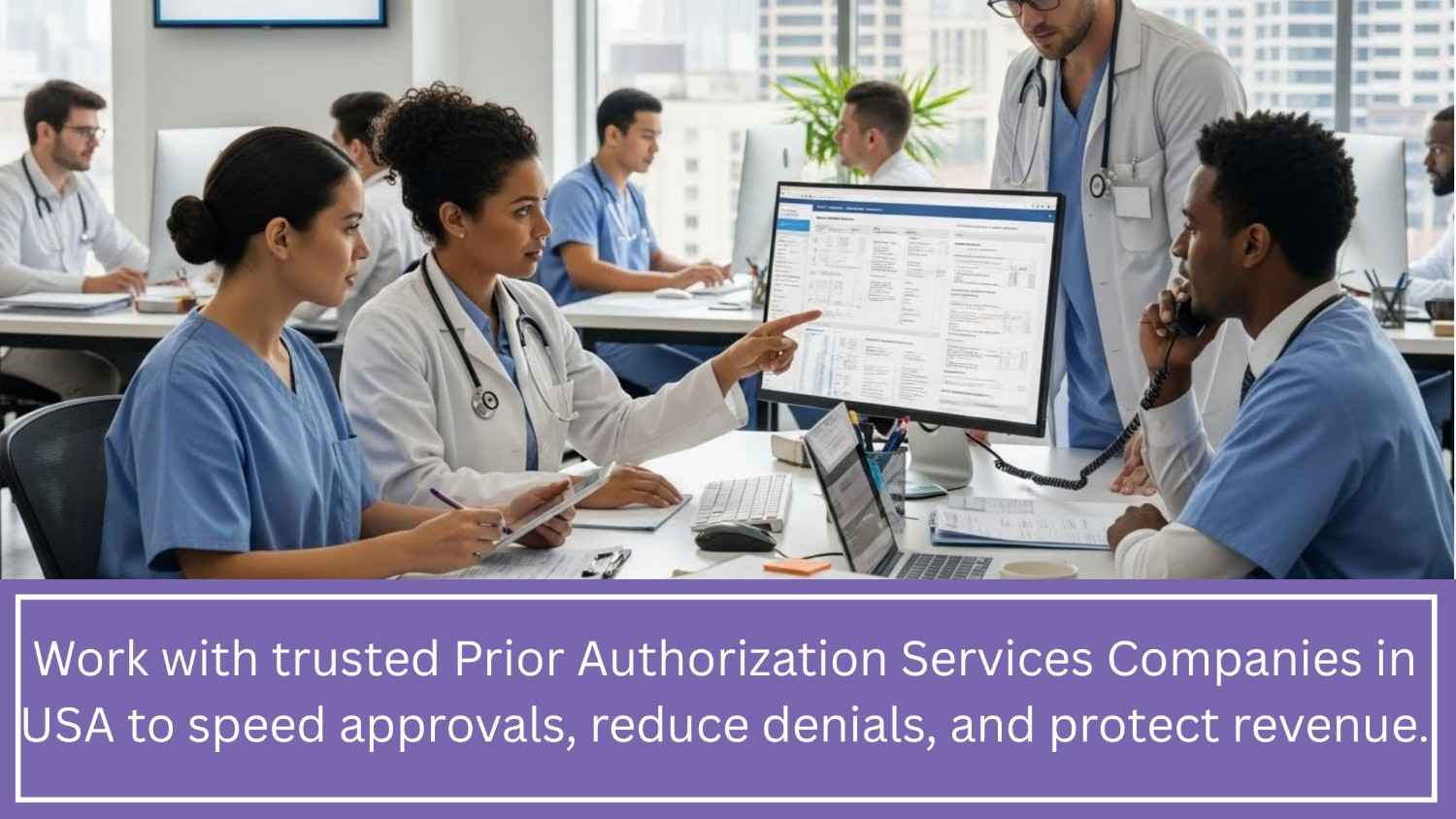Patient Financial Engagement Strategies for High-Cost Treatments
High-cost treatments can change lives—but they can also bring a lot of stress. Not just for patients, but for your practice too. Patients worry about whether they can afford care. Staff worry about late payments, insurance denials, and endless follow-ups. And somewhere in the middle, everyone ends up stressed.
But here’s the good news: patient financial engagement strategies for high cost treatments can solve a lot of these problems before they even start. When done right, it’s not just about collecting money—it’s about building trust, reducing confusion, and helping patients feel confident about their care choices.
At Practolytics, we’ve been helping practices tackle these challenges for over 20 years. We support 1,400+ providers across 31 states, process 5 million claims annually, and work with 28+ specialties. We know what works, and we know what can overwhelm a practice if ignored.
In this blog, we’ll walk you through strategies to help patients manage high-cost treatments, improve collections, and make life easier for your staff. From communication and technology to data-driven strategies and outsourcing, we’ve got you covered.
Table of Contents
Why Patient Engagement Financially Matters?
Healthcare costs are high—and patients are feeling it. A lot.
Nearly half of Americans struggle to pay medical bills. High-deductible plans mean patients might face thousands in out-of-pocket costs before insurance even kicks in. And when patients are stressed, they delay treatment or ignore bills, which affects your practice’s cash flow.
I’ll be honest: if your practice isn’t proactive about financial engagement, you could be losing up to 30% of revenue from high-cost treatments. But when you engage patients early and clearly, everyone benefits. Patients get care without fear, and practices see faster, smoother collections.
Start the Conversation Early!
Money talks in healthcare usually happen way too late—after the procedure, when the bill or insurance statement shows up. By then, patients are stressed, confused, and your staff is stuck chasing down payments.
The best time to talk about money? Before treatment ever begins. Give patients a clear estimate, explain what their insurance covers (and what it doesn’t), and walk them through the payment options they have.
Think about someone coming in for a knee replacement. If you wait until after surgery to bring up the bill, it’s a shock—and usually a stressful one. But if you’re upfront from the start, with honest estimates and flexible payment plans, patients feel more comfortable. Your staff avoids endless follow-up calls. And care keeps moving without all the financial tension.
Here’s the bonus: practices that have these conversations early often collect up to 20% more revenue on major procedures. That’s less stress for patients, and better outcomes for your practice.
Simple Ways to Engage Patients Financially
Money conversations in Healthcare RCM Services shouldn’t just show up as a bill. The goal is to make things clear, simple, and supportive from the start. Here’s how you can do that:
1.Be upfront with estimates: Patients don’t like surprises. Share a breakdown before care—what insurance will cover, what they’ll owe, and any extras. This honesty eases stress and prevents arguments later.2
2.Offer financial counseling: A counselor who can explain coverage, co-pays, and payment choices changes everything. Practices that provide this often see much better success with upfront payments.3.
3.Make payments flexible: Strict payment schedules can push patients away. Giving them installment options—or linking payments to insurance reimbursements—helps them manage costs and lowers late payments.
4.Bring in digital tools: Portals, apps, and reminders make payments easier to handle. Patients stay in control, while your staff spends less time chasing balances.
5.Keep it simple when explaining: Insurance and billing can feel overwhelming. Use plain, friendly language. Patients understand faster, stress less, and disputes drop.
6.Let data guide you: Past payment patterns can tell you who may need extra support or flexible plans. With that insight, you can tailor your approach instead of treating everyone the same.
Mixing clarity, support, and smart tools turns billing from stressful into manageable—for both patients and your team.
Patient Segmentation for Engagement
Not all patients stress about medical bills the same way. Some panic over high costs, while others handle it easily. That’s why it helps to group patients by cost and risk—so your team can focus where it matters most.
|
Patient Type |
Engagement Approach |
Outcome |
|
High-cost, high-risk |
Personalized counseling + flexible payment plans |
Reduce delayed payments by 35% |
|
Medium-cost |
Digital portal + automated reminders |
Increase on-time payments by 20% |
|
Low-cost, low-risk |
Automated billing + reminders |
Minimal staff effort, high efficiency |
Segmenting patients like this ensures your resources are used wisely, while patients get the help they need.
Taking the Stress Out of Care
Money shouldn’t be the reason someone puts their health on pause. But if patients don’t know what to expect, they might delay treatment—or skip it completely. That’s tough for them, and it’s not great for your practice either.
Think about chemo for a second. The bills can add up to tens of thousands of dollars. That’s scary. But if a patient gets a clear estimate, a payment plan that actually fits their life, and a friendly financial counselor to guide them, it feels manageable. They’re more confident about saying yes to treatment.
And it’s not just cancer care. The same goes for orthopedics, cardiology, imaging—really any specialty. At the end of the day, talking openly about costs isn’t just about getting paid. It’s about making care possible, easing stress, and keeping patients moving forward with their health.
High-Cost Treatment Engagement Strategies!
High-cost treatments can be stressful, and patients often need a little extra guidance. That’s why customizing your financial engagement based on treatment type makes a huge difference—for both patients and your practice.
|
Treatment Type |
Tools & Approach |
Patient Benefit |
Practice Benefit |
|
Oncology |
Pre-service estimates, counseling, payment plans |
Less stress, better adherence |
Fewer disputes, higher revenue |
|
Orthopedics |
Payment plans, online portal, early communication |
Clear costs, manageable payments |
Faster collections, smoother workflow |
|
Cardiology |
Insurance guidance, reminders, counseling |
Confidence with costs |
Fewer delays, happier patients |
|
Radiology/Imaging |
Online statements, portals, automated reminders |
Transparency, convenience |
Less admin work, more efficiency |
Customizing strategies by treatment type ensures patients feel supported while your practice operates efficiently.
Power of Technology
Technology is not optional—it’s a must-have. Predictive analytics, digital portals, and automated reminders make financial engagement simple.
- Predictive analytics can flag patients likely to need payment plans.
- Portals give patients instant access to balances and statements.
- Automation reduces staff time spent chasing payments, freeing them for patient care.
At Practolytics, we integrate these tools across 28+ specialties, helping practices streamline engagement, improve collections, and reduce stress for both staff and patients.
Why Outsourcing Works?
Managing financial engagement in-house can be overwhelming. Billing is complex, time-consuming, and often a secondary priority to clinical care. That’s where outsourcing to Practolytics comes in.
Partnering with us means:
- Expertise in 28+ specialties
- Handling 5 million claims annually
- HIPAA-compliant systems keeping data safe
- Data-driven insights to improve engagement and collections
- Relief for staff, letting them focus on patient care instead of chasing payments
Outsourcing doesn’t mean losing control—it means gaining efficiency, expertise, and smoother operations.
How to Know It’s Working?
Checking if your financial engagement is working doesn’t have to be hard. Start with the basics. Look at high-cost procedures—are more patients paying on time or choosing payment plans? If yes, that’s a good sign.
Now think about the patient side. Are bills easier for them to understand? Do they feel supported when dealing with insurance or payment options? Even small bits of feedback can show what’s working and what needs fixing.
Numbers matter too. Watch your accounts receivable days—how quickly payments come in. Shorter times mean smoother cash flow. Also, track how many patients use payment plans. The more who do, the fewer late payments you’ll have, and the less stress patients will feel.
When you keep an eye on these things and adjust as needed, good things happen. Collections can improve by 15–25%, staff stress goes down, and patients trust you more.
Wrapping It Up
High-cost treatments will always be complex—but handling the financial side doesn’t have to be. The practices that succeed are the ones that:
- Talk about costs early and honestly
- Offer flexible payment options that patients can handle
- Use technology to streamline engagement
- Educate and support patients
- Consider outsourcing for efficiency
…see less stress, better revenue, and happier patients.
At Practolytics, we’ve been walking alongside practices for over 20 years, helping them tackle the financial side of healthcare with confidence. Today, we work with providers in 31 states, process more than 5 million claims every year, and support 1,400+ providers who trust us to make things smoother.
For us, financial engagement isn’t just about sending bills. Giving patients clarity, trust, and support makes all the difference. When they feel informed and cared for, they don’t hesitate to move forward with treatment. The result? Less stress for your team and a healthier, stronger practice.
About Practolytics
Practolytics is a leading multi-specialty billing and revenue cycle management company. Serving 28+ specialties, supporting 1,400+ providers, and processing 5 million claims annually, we provide HIPAA-compliant solutions that maximize revenue, simplify patient engagement, and reduce administrative burdens.
ALSO READ – Top Benefits of Outsourcing the Medical Billing Process
Talk to Medical Billing Expert Today — Get a Free Demo Now!






